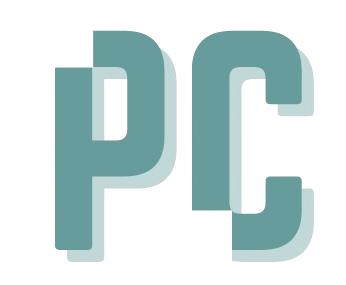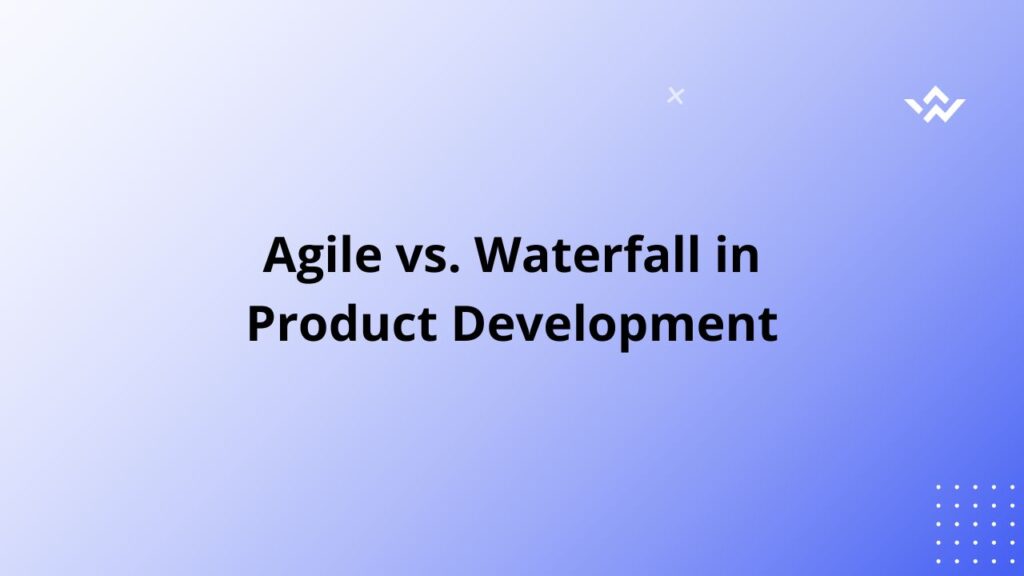Agile vs. Waterfall in Product Development
When developing a product, choosing the right methodology can significantly impact the success of the project. Two of the most widely used approaches are Agile and Waterfall. Each has its strengths and weaknesses, making them suitable for different types of projects. In this blog, we’ll explore the key differences between Agile and Waterfall and help you determine which is best for your product development needs.
What is Waterfall?
Waterfall is a linear and sequential project management approach. Each phase of development (requirements, design, implementation, testing, and maintenance) is completed before moving to the next.
Key Characteristics of Waterfall:
-
Structured & Predictable – Follows a strict sequence of steps.
-
Detailed Documentation – Extensive planning before execution.
-
Less Flexibility – Changes are difficult once development starts.
-
Ideal for Stable Projects – Works well for projects with clear requirements.
When to Use Waterfall:
✅ Projects with fixed requirements and minimal expected changes. ✅ Regulated industries (e.g., healthcare, construction) where documentation is crucial. ✅ Short-term projects with well-defined scopes.
What is Agile?
Agile is an iterative and flexible approach to product development. It focuses on continuous collaboration, short development cycles (sprints), and rapid feedback.
Key Characteristics of Agile:
-
Iterative Development – Work is divided into small, manageable increments.
-
Customer Collaboration – Regular feedback ensures the product meets user needs.
-
Flexibility & Adaptability – Easily accommodates changes and improvements.
-
Faster Time-to-Market – Deliver working versions early and frequently.
When to Use Agile:
✅ Startups & tech companies that need rapid iterations. ✅ Projects with evolving requirements where flexibility is needed. ✅ Software development that requires continuous updates and user feedback.
Which One Should You Choose?
Choose Waterfall if:
✔ You have clear, fixed requirements with minimal expected changes. ✔ Your project requires heavy documentation and regulatory compliance. ✔ You’re working on a one-time, well-defined product (e.g., hardware, construction).
Choose Agile if:
✔ Your project has changing or unclear requirements that evolve over time. ✔ You need continuous user feedback to improve the product. ✔ You’re developing software, apps, or digital products that require frequent updates.
Final Thoughts
Both Agile and Waterfall have their place in product development. Waterfall is ideal for projects with clear objectives, while Agile suits dynamic environments where adaptability is key. By understanding the strengths and limitations of each, you can select the best methodology for your team and project.
Which methodology do you prefer for your projects? Let us know in the comments!



